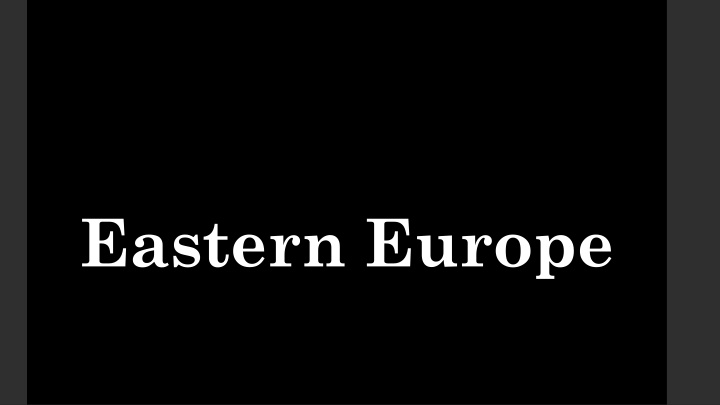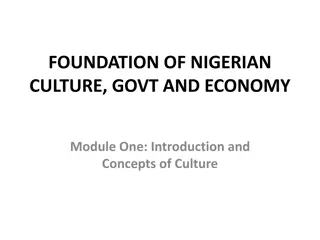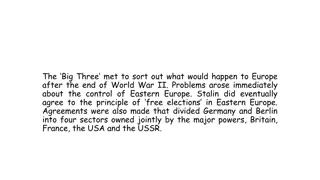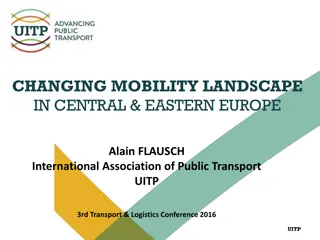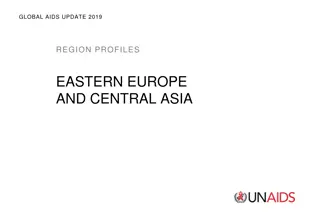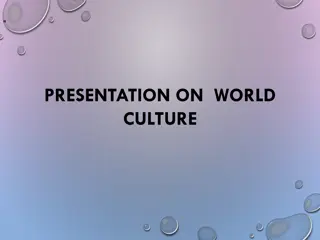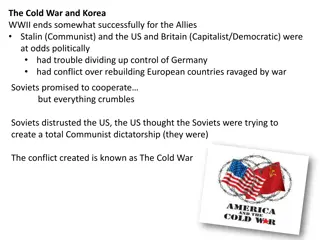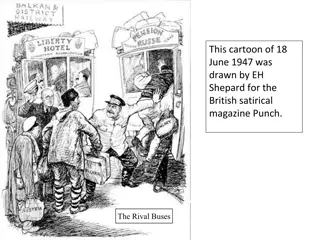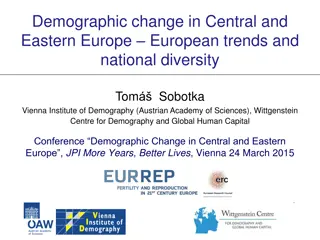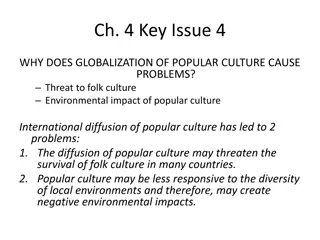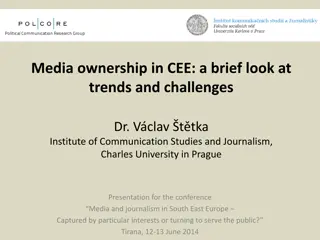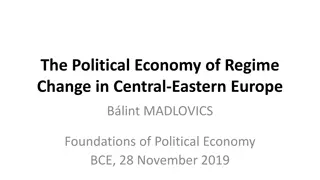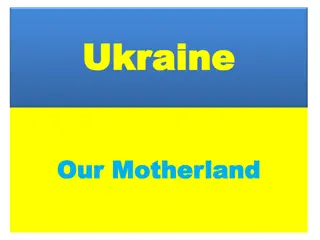Insights into Eastern Europe: History, Economy, and Culture
Eastern Europe, known for its rich history as a cultural crossroads, has experienced significant changes over the years. From being under Soviet control to gaining independence and transitioning to market economies, the region has seen diverse developments. The economy shifted from government-controlled factories to market-driven industries, leading to adjustments post-Communism. The cultural landscape is characterized by various languages, religions like Roman Catholicism and Eastern Orthodox, and vibrant folk art traditions. Explore the dynamic facets of Eastern Europe in this comprehensive overview.
Download Presentation

Please find below an Image/Link to download the presentation.
The content on the website is provided AS IS for your information and personal use only. It may not be sold, licensed, or shared on other websites without obtaining consent from the author.If you encounter any issues during the download, it is possible that the publisher has removed the file from their server.
You are allowed to download the files provided on this website for personal or commercial use, subject to the condition that they are used lawfully. All files are the property of their respective owners.
The content on the website is provided AS IS for your information and personal use only. It may not be sold, licensed, or shared on other websites without obtaining consent from the author.
E N D
Presentation Transcript
-Known as a cultural crossroads, a place where various cultures cross paths, interact -Since ancient times, nomads, migrants, and armies moving between Europe and Asia have passed through this region
History of Eastern Europe -After World War II, the Soviet Union (region of what is today known as Russia) took over various regions of Eastern Europe in order to create Communist government -These areas were called satellite nations (nations dominated by another country) -Countries such as Poland, Czechoslovakia, Hungary, Romania, and Bulgaria
History of Eastern Europe -During the late 1980s-early 1990s, these countries gained their independence from the Soviet Union -This change from Communist to more democratic governments was difficult to adapt to after 40+ years of Communist rule
Economy of Eastern Europe -In the Soviet Union the government owned all factories and controlled what they produced -Because of government control, factories had little incentives to please customers (leads to lack of customer service) -Machines in the factories became outdated, caused pollution
Economy of Eastern Europe -Economies in these countries changed to market economies (economies based on supply and demand) when Communism began to collapse -Industries produced goods people wanted/ demanded -Took a period of adjustment for many countries to get used to the new economic system
Culture of Eastern Europe -Many different languages are spoken and religions are practiced in this region -Religions: Roman Catholicism, Eastern Orthodox, Islam, and Judaism -Folk art: art created by rural people with traditional lifestyles instead of professional artists -Produced in large amounts throughout Eastern Europe
Eastern European Culture -Ethnic conflict still exists in many areas throughout Europe -anti-Semitism: discrimination against Jewish people -Gypsy people (largely from Romania) face discrimination because of their nomadic lifestyle
Eastern European Culture -It will still take many years for the negative effects of Communism to be removed from these regions
